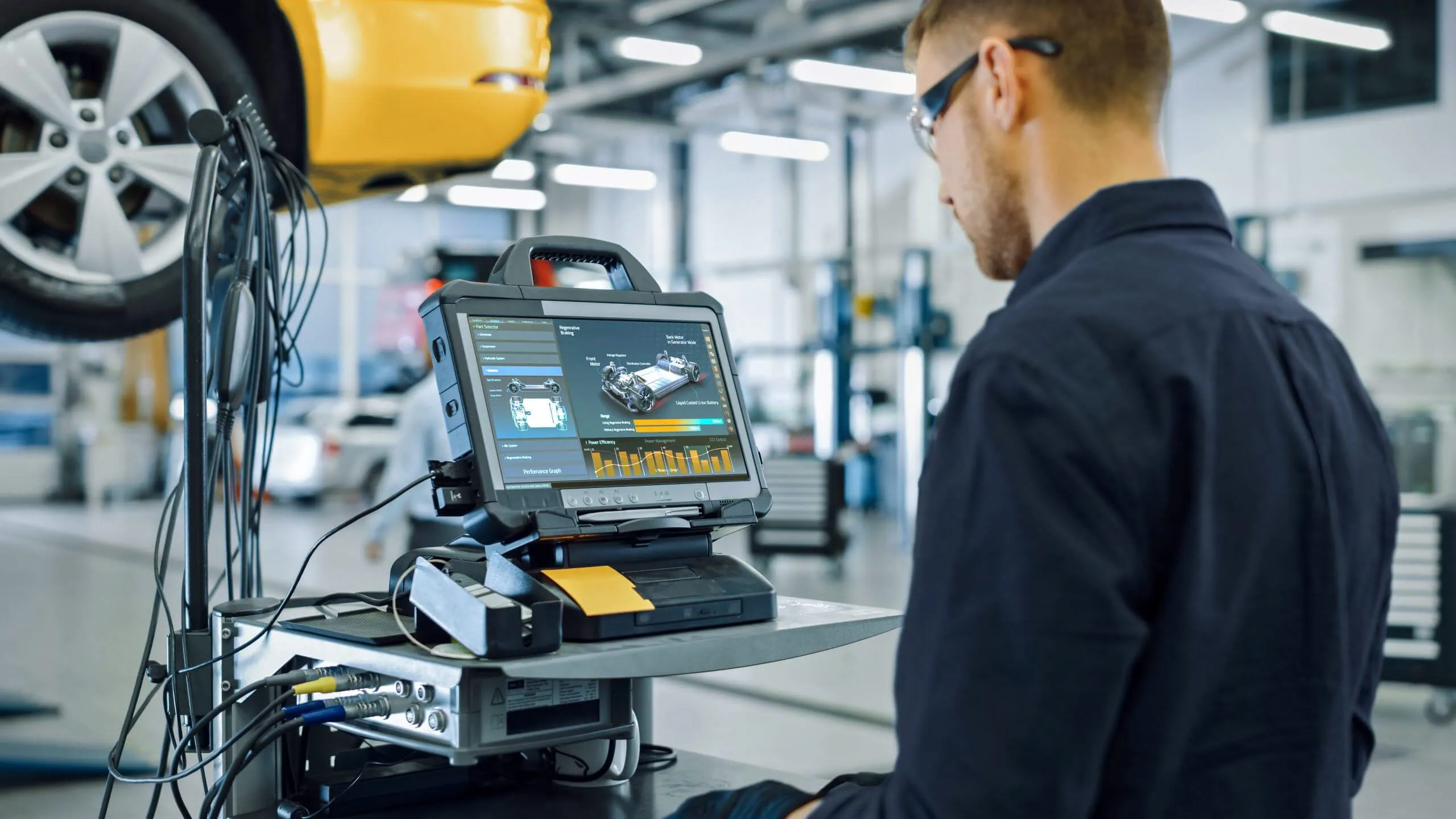
Fast technological progress has massively influenced the transformation of the car and transportation industries. Electric vehicles have gained increasingly important priority, and self-driving systems have already been developed. This article examines the impacts of technology on cars and transport, discussing the three main areas of technological change that are likely to affect the demand for electric vehicles the growth in electric vehicle sales, the increase of self driving cars, and the infrastructure and societal implications of said changes.
1. Evolution of Electric Vehicles (EVs)
Arguably, one of the most significant revolutions in the automobile industry pertains to electric vehicles. That has been highlighted with spiraling concerns on environmental sustainability and climate change, forcing automakers increasingly to invest in developing EVs. Much of the technology behind most of the battery advancements that make electric vehicles more viable for mass markets have been supported by strong technological growth.
a. Battery Technology Breakthroughs
High-capacity, fast-charging batteries have transformed the prospects for electric vehicles. With enhanced energy density and efficiency, lithium ion batteries now give EVs a far greater range and much shorter charging times. And with ongoing research into new battery materials, such as solid state batteries, the prospect is for electric vehicles not only to go further and charge faster but also safer.
b. Impact on Ecosystem
As demand for electric vehicles steals the spotlight, ripples begin to flow from the leading edge into the core of the automotive ecosystem. The traditional automakers are updating production lines for the electric model, and newcomers can more easily enter the market with a value proposition of sustainable transportation. Electric cars will drive demand for raw materials like lithium, cobalt, and nickel, shifting global supply chains.
2. Rise of Autonomous Driving
Another transformative power to take over the roads and routes is autonomous driving technology. The integration of artificial intelligence with advanced sensors finally opened the door to self driving vehicles on the roads, promising aDriving little more safety, efficiency, and convenience.
a. Levels of Autonomy
It is common to distinguish between different levels of autonomous driving, from Level 0 no automation to Level 5 full automation. This progressive development has enabled advanced driver assistance systems, ADAS, to become available in today's cars, which are hence fitted with lane keeping assistance, adaptive cruise control, and automatic parking.
b. Safety and Efficiency Implications
Among the main motivations for improvement, road safety is top of the priorities with autonomous driving. Human error has been listed as a major factor in the incidence of accidents thus, it can be reduced by autonomous vehicles through distraction, fatigue, and impaired driving. Additionally, the autonomous driving system can improve the flow of traffic and help reduce congestion while enhancing fuel efficiency through much more precise driving.
3. Infrastructure Challenges and Opportunities
The widespread adoption of electric vehicles and autonomous driving technologies presents both challenges and opportunities for infrastructure development.
a. Charging Infrastructure
These will be supported by the teething number of EVs on the road with a strong network of charging stations erected along highways, in towns, and at workplaces by both governments and private firms. Fast charging technology also improves to shorten the time taken to recharge, further enhancing convenience for electric vehicle owners.
b. Connectivity and Communication
Self-driving cars depend a lot on connectivity and rapid communication. Quite importantly, the establishment of 5G networks provides the speed and powerful communication that has been necessary to make self driving possible. Equally important will be V2X vehicle to everything communication which allows cars to communicate with other cars and roads and traffic systems in support of safety and traffic flow managemen
4. Societal Implications
The technological advancements in automotive and transportation have far-reaching societal implications, influencing how we live, work, and interact with our environment.
a. Job Displacement and Creation
As automation in transport most with particular reference to self driving cars is on the rise, it presents many with fears of job losses, especially within fields such as trucking and taxi services. This opens up opportunities for new jobs in fields related to software development, data analysis, and the maintenance of fleets of self driving cars. All such policymakers and industries must work together to make this change easier for workers.
b. Environmental Impact
Switching to electric vehicles is seen as a better option to reduce greenhouse gas emissions and minimize the negative impact on the environment from conventional gasoline cars. However, this trend also raises environmental concerns pertaining to battery production and disposal. Indeed, sustainable means, such as recycling and careful sourcing of materials, become very crucial in ensuring that electric vehicles do not harm the environment on the whole.
c. Urban Planning and Mobility
Self driving cars and increased utilization of electric vehicles will have wide-ranging impacts on city planning and transportation rules. The demand for vast parking areas may decline due to the shared use of self driving cars and their more efficient use. These changes could lead cities to reconsider public spaces, emphasize pedestrian friendly spaces, and invest in smart systems supporting connected and self driving transportation.
Conclusion
The automotive and transportation sectors represent the most intense development of technology these days, with electric vehicles and autonomous driving being among the key disruptors to the future of mobility. In this dynamic and constantly evolving process, stakeholders will be working in tandem to address challenges and maximize the benefits coming from a tech driven transportation landscape. It is not only about accepting new technologies but also about building a way that is equitable and good for all, considering how it affects society, nature, and the economy. If we can manage this change wisely, it will enable us to have a future with transportation that is safer, functions better, and is good for the environment.
Trending Posts

Global Silver Nanoparticles Market
The global silver nanoparticles market was valued at $2.08 billion in 2020, and is projected to reach $4.1 billion by 2027, growing at a CAGR of ~17%
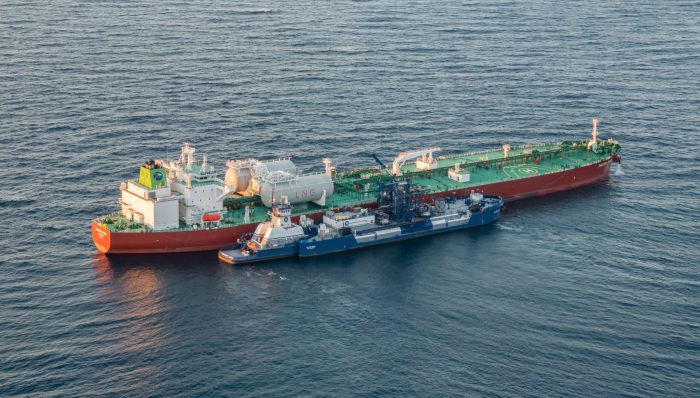
LNG Bunkering – Here is something you must know!
In the current scenario of growing pollution, companies are trying to adapt more and more sustainable approach that not only gives eco-friendly result

The Basic Pension Comes - Federal Cabinet Decides On the Pension Supplement
Financial security in old age is an issue that is causing stomach pains for more and more people in Germany. Low-wage earners fear the elderly. The ba

The Future of Artificial Intelligence
In recent years, the field of artificial intelligence (AI) has witnessed unprecedented growth and transformative advancements. As AI technologies

Sailing into the future with Autonomous Ships
Autonomous Vehicles (AVs) are the uproar of this era. After airways, thanks to the companies like Tesla, that people are now getting used to see drive

Rising Demand For Uninterrupted Power Supply Is Expected To Drive The Power Rental Market
Todays world is totally reliant on electric power. There are many things which are not manageable without electricity. Power rental is a concept where

Rapidly growing IT industry coupled with the trend of bringing your own device (BYOD) is expected to provide new opportunities for growth of Cloud Collaboration
Cloud collaboration is the process of sharing and co-authoring the computer-based work through cloud technology

Factcheck on UV Disinfection for COVID-19
Many regulatory authorities and bodies believe that UV disinfection technologies can play a role in a multiple barrier approach to reducing the transm
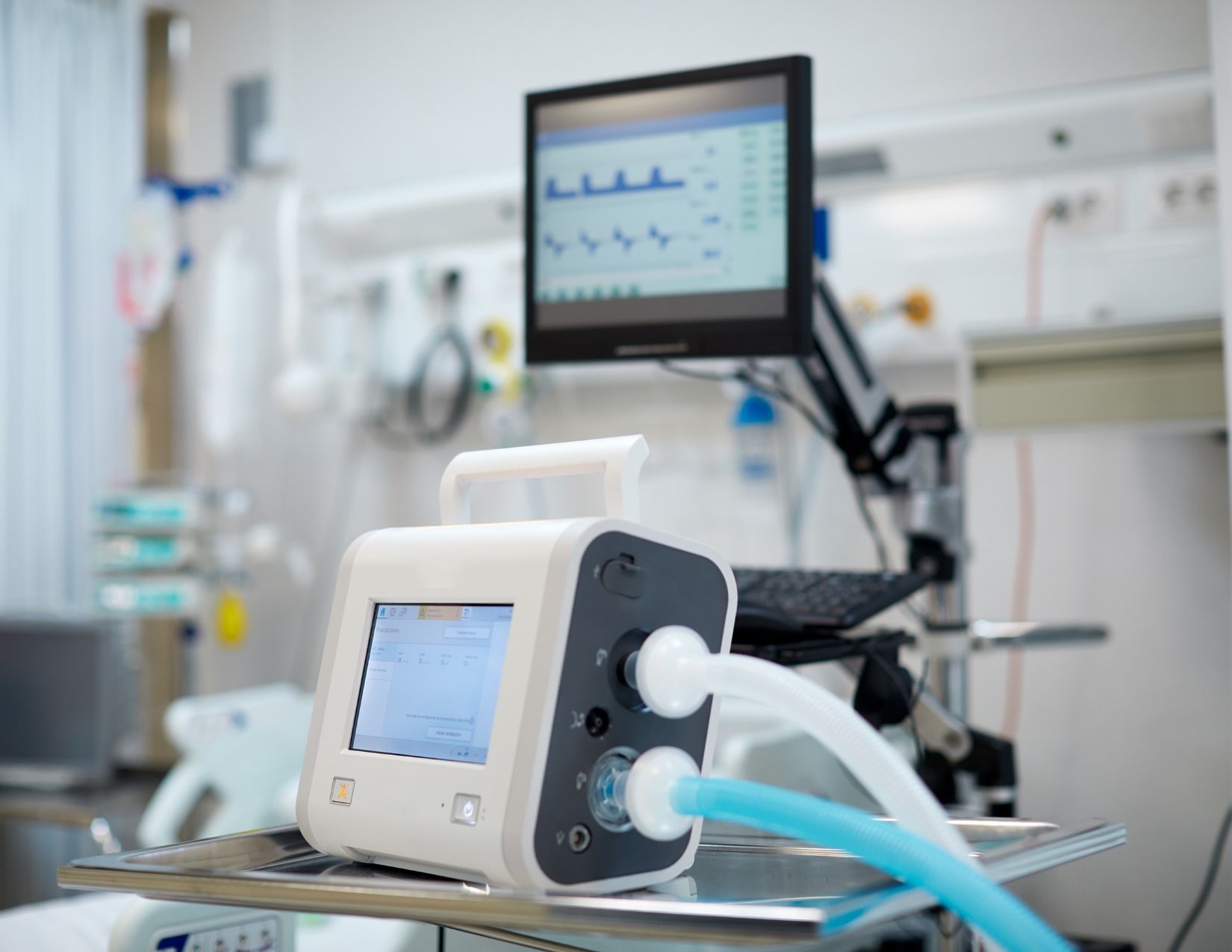
The Global Ventilator Market Grows at a CAGR of 7.75 %
The Global Ventilator Market, which was at $688 million in the year 2016, is about to double by the year 2025, and reach a value of $1,347 million. Th

Vaccination: Vaccination Against Measles is Now Mandatory in Germany
The subject of compulsory vaccination has always heated peoples minds and caused emotionally charged discussions. The latest law in this area - the ob
Recent Posts
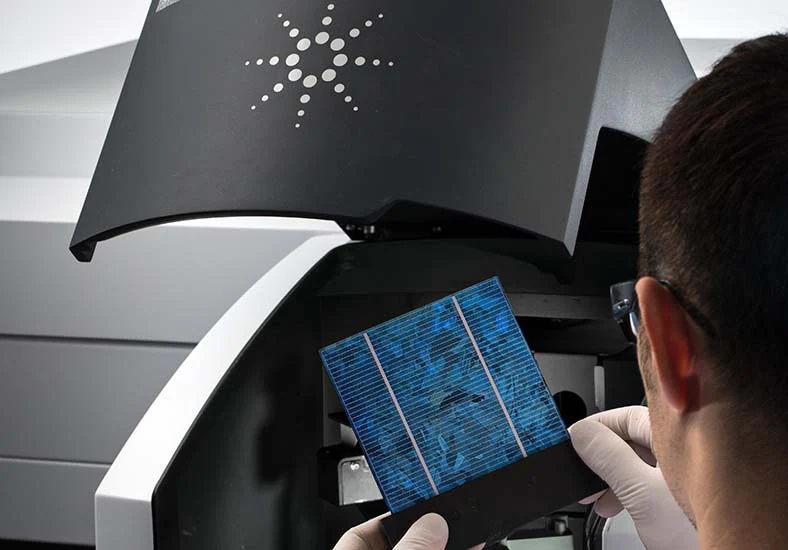
Growth and Future Trends of the Global In-Line UV-Vis Spectroscopy Market
In-line UV-Vis spectroscopy is a powerful analytical tool widely adopted in various industries for real-time monitoring of chemical and biological processes. This market is experiencing robust growth due to its applications in pharmaceutical.

Understanding the Growth Dynamics of the Premium Luggage Market
The market for premium luggage has grown massively over the years. This is attributed to several factors, including a change in consumer preference, increase in disposable incomes, and an overall rise in international travel.

Global Potassium Sorbate Market: Growth and Forecast
The Global Potassium Sorbate Market has gained significant traction due to the rising demand for preservatives across various industries, especially in food and beverages. Potassium sorbate, a salt of sorbic acid.

Global Venturi Masks Market Growth and Forecast
Venturi masks, also known as air-entrainment masks, play a crucial role in delivering a precise oxygen concentration to patients, particularly those suffering from chronic respiratory conditions such as COPD (Chronic Obstructive Pulmonary Disease).
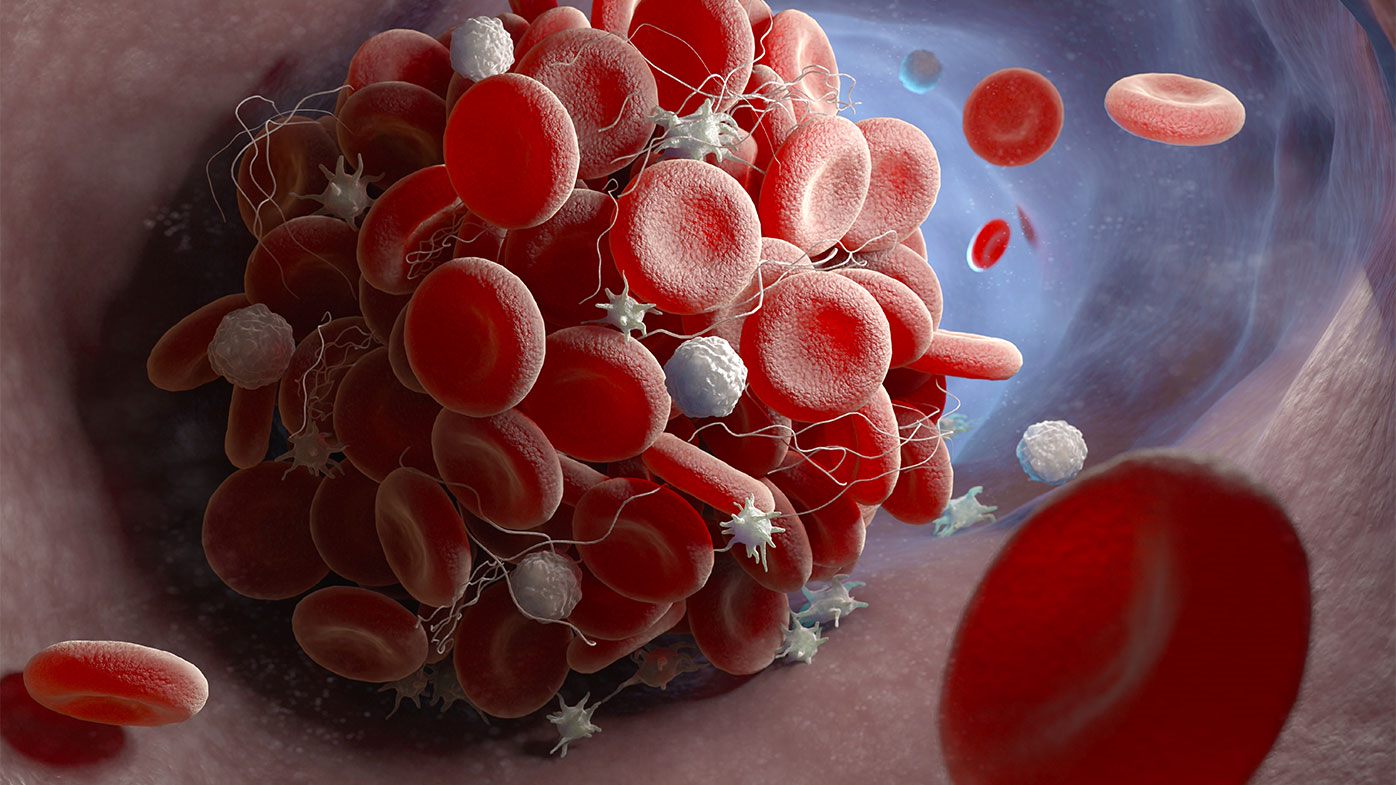
Global Venous Thromboembolism (VTE) Therapeutics Market: Overview, Growth, and Forecast
Venous thromboembolism (VTE) is a critical medical condition including deep vein thrombosis and pulmonary embolism. In fact, it is one of the preventable causes of death in the hospital environment. It has experienced a substantial upsurge.

Global Vein Illumination Device Market: Growth and Forecast
The global vein illumination device market is experiencing significant growth, Due to a growing demand for minimally invasive procedures and an increase in chronic diseases, not to mention development in medical technology.

Global Vasculitis Treatment Market: Growth and Forecast
Vasculitis represents a group of disorders involving inflammation of blood vessels. It can affect parts of the body such as the skin, kidneys, lungs, and joints, and without proper treatment it may cause severe morbidity.

Global Fired Heaters Market: Growth and Forecast
The global market for fired heaters is growing at a rapid pace due to increased demand from major industries such as the oil & gas, chemical, and petrochemical sectors. Fired heaters are among the most crucial components of process heating systems.

Global Gas Flares Market Growth and Forecast
The growth in oil and gas production, environmental regulations, and a need for an effective waste gas management system are driving the global gas flares market. Gas flares are a crucial equipment in the oil and gas industry.
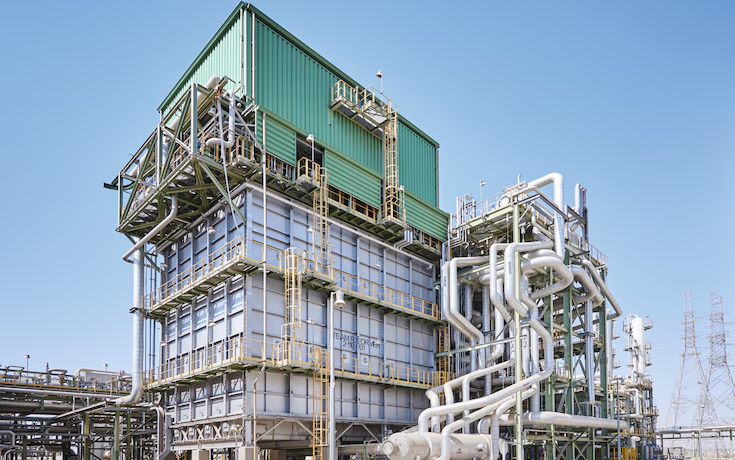
Global Steam Reformers Market: Growth, Trends, and Forecast
The steam reformers market is witnessing significant growth due to increased demand for hydrogen in industries like chemicals, refining, and fertilizers.
